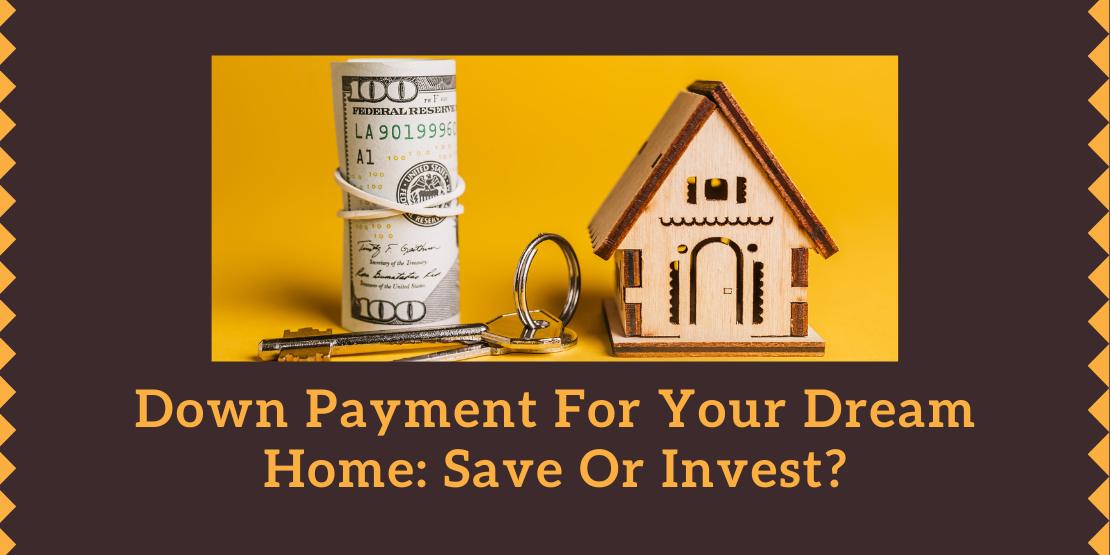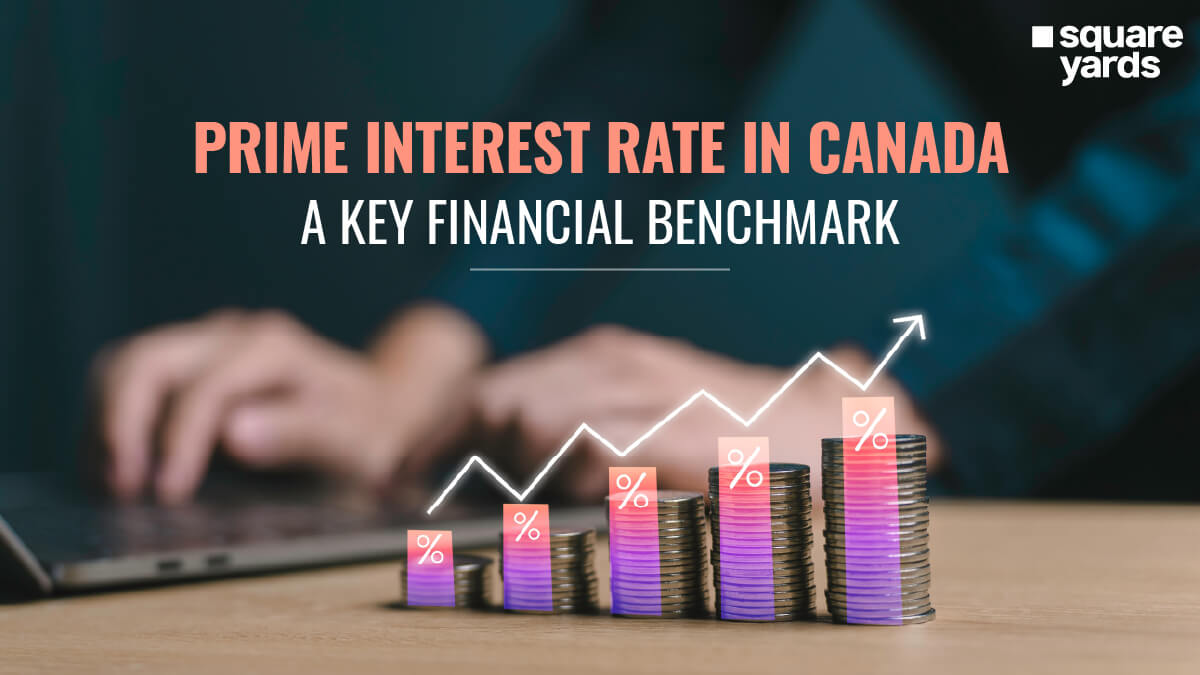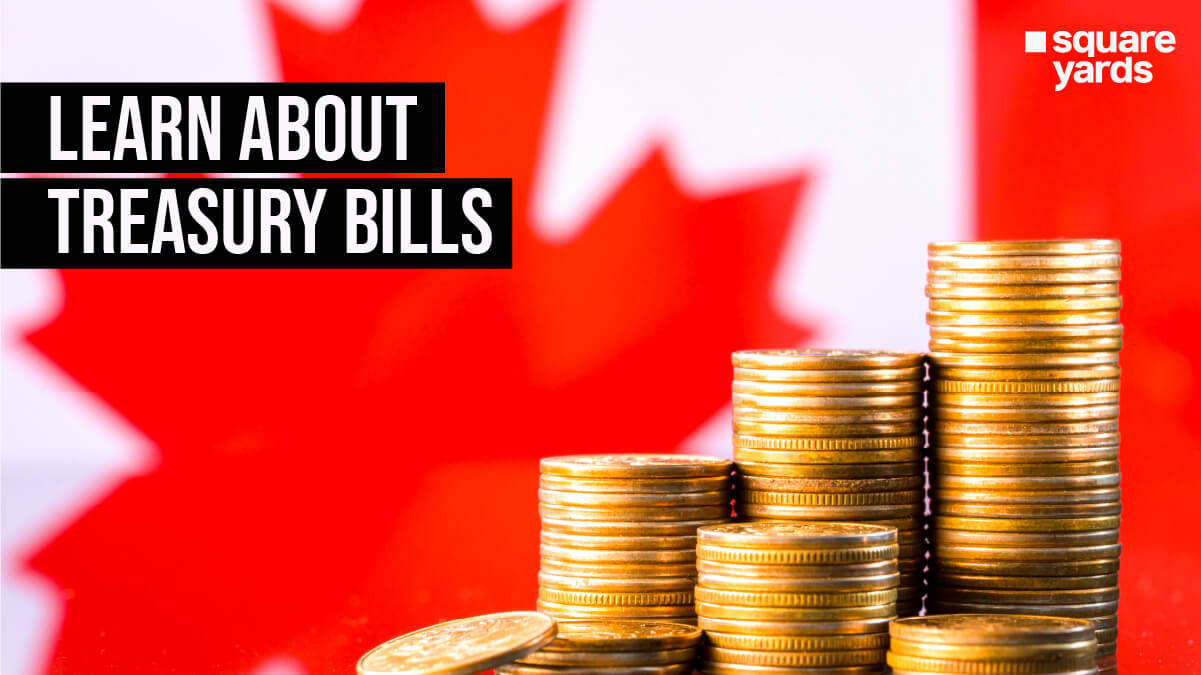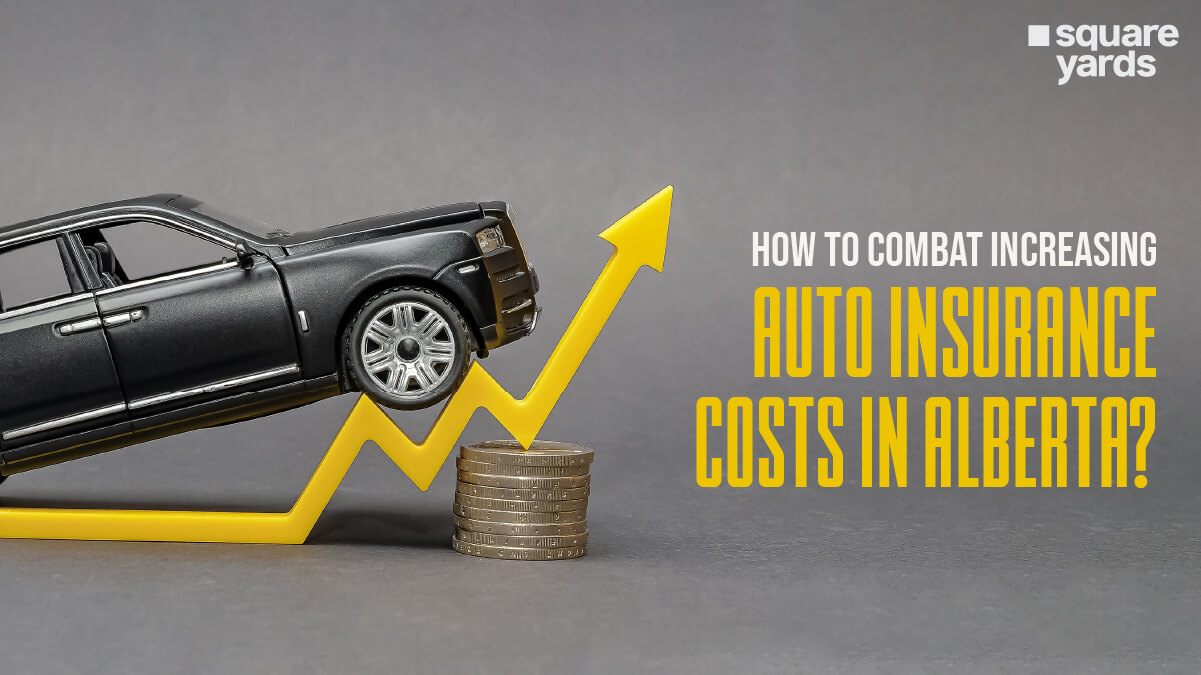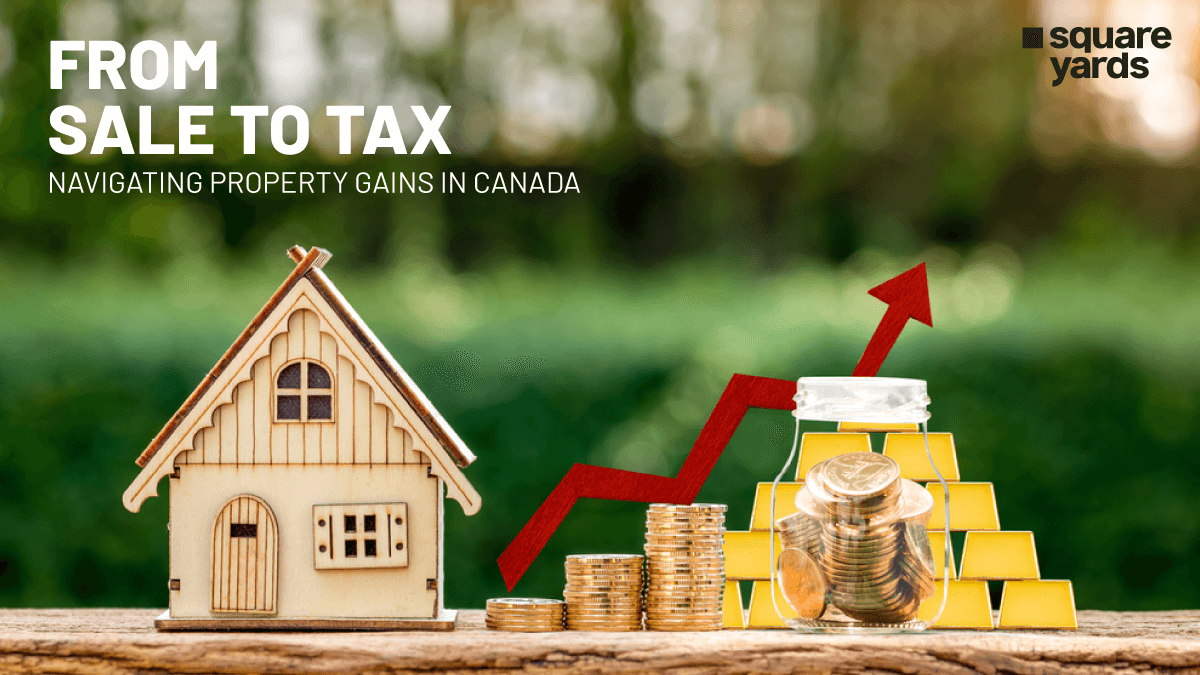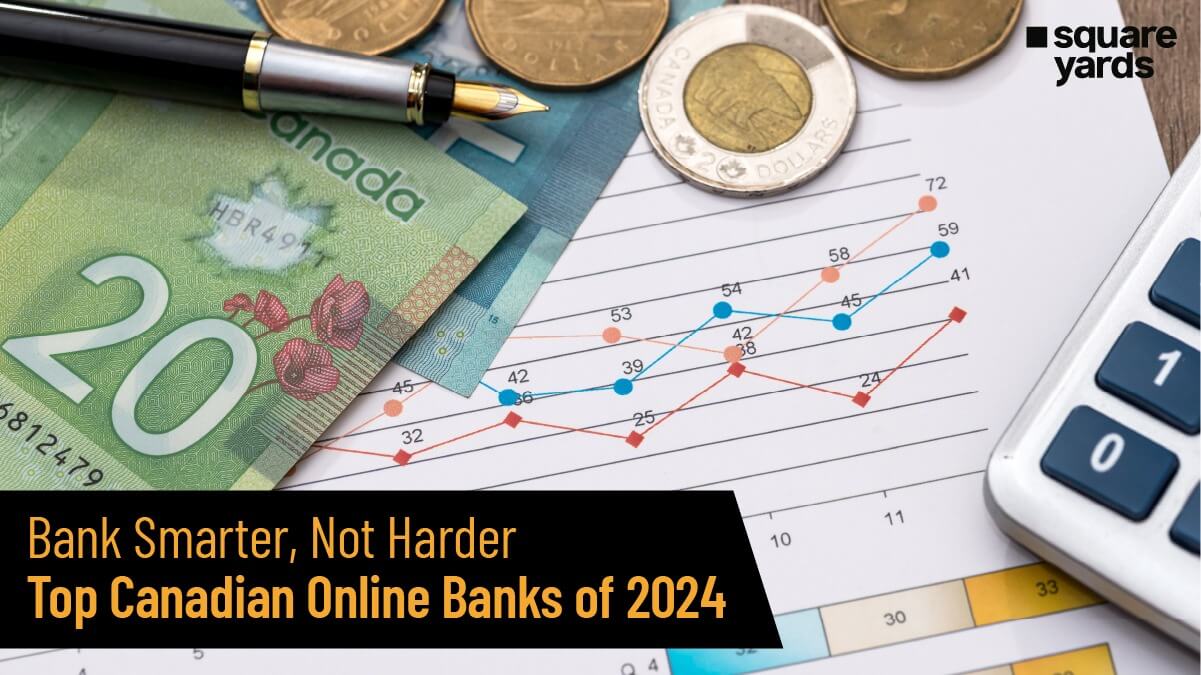Many people today spend most of their savings and earnings on the average home down payment. It usually includes your liquid investments like mutual funds or fixed deposits. So let’s understand today, how much to save for a down payment.
Saving for a down payment might call for some precise changes in your lifestyle. It might also require a change in your spending habits if you don’t have sufficient savings for the purchase. No matter what situation, saving to buy a home calls for determination, strategy, and planning. And here comes your turn to better understand everything before you take this big decision.
To understand how to prepare for a mortgage down payment, you first need to figure out your financial condition. Being fairly ready means you have a backup plan. This also means you have already chalked out all future possibilities when it comes to a house purchase in Canada.
Thus, you have a better understanding of the right time to invest in buying a house. However, in case you are not fairly ready, want to know how much down payment for a house is required and whether you should save for a house or invest, then this article is here to help you out.
Down Payment on a House or Condo
The down payment for house or a condo in Canada depends on the property price. A 5% minimum down payment for a house is required if the property is worth $500,000 or less. Whereas, for properties above $500,000 but less than $1 million, the first down payment will be 5% of the first $500,000 and 10% of the remaining amount.
Property purchases of $1 million or more demand a 20% down payment. The same average down payment on a house is applicable for those who are buying properties for renting them out.
However, if you are purchasing your property at a down payment of less than 20%, you would also require a Canada Mortgage and Housing Corporation (CMHC) default insurance.
This is potentially done to protect you from becoming a defaulter in the case of high-ratio mortgages. The premium to be paid for CMHC insurance ranges between 2.8% and 4% of the total mortgage amount.
To avoid this, it’s best to buy a property with a 20% down payment. This would also help you qualify for a home equity line of credit that can come in handy in case of emergencies. Buying a house with no savings, or saving only for the down payment can, however, prove to be really risky and detrimental as it would easily throw you into bankruptcy.
Saving for a Down Payment: How to Plan Your Investment
The down payment for a house is the key to your dream home. It is the upfront payment that helps decrease your loan amount. A bigger down payment is the best way to minimize your mortgage. Also, it makes you pay less interest on the overall life of your home loan, which benefits you with lower monthly expenses.
Exciting, right?
We know it’s quite difficult to save money while surviving in today’s materialistic world, where everything is money-oriented. But the good news is that it just might not be impossible. Now you must be wondering what you can do to save for a down payment. Don’t worry. Here are some easy tricks that you can follow to save for your down payment.
Tips to Save for a Down Payment
- Try saving a fixed amount every month in an account you do not use much.
- Skip vacations.
- Refrain from take-out food and stick to a simple nutritious home-cooked diet.
- Cut down on extra expenses.
- Avoid loans with high-interest rate.
- Sell some of your investments.
- Start a side hustle, work two jobs, or look for high paying jobs.
- Rent out your spare parking or your spare room.
- Cut down bad habits, if any.
These are some daily life stuff that you should alter to save for the down payment. Now, after having a fair idea about how to save for the down payment, let’s look at the other nuances that need to be taken care of.
Where Should You Save Your House Down Payment?
The funds for your down payment should be quickly and easily accessible. But this must also come with long-term options, like a certificate of deposit, so that you can later simply add the amount to your paycheck. For instance, your investment must preferably earn returns while having a stable value which ensures to meet your down payment whenever you require.
There are several types of available accounts for saving for a home that you can open to start your savings right away. It includes a basic savings account, HISA, TFSA, and RRSP. Go through the below benefits accordingly to understand which sort of account better fits your needs.
Savings Account
It is quite easy to keep your money in a savings account for home down payment at a credit union or a bank. Being an existing customer, you can easily create a savings account to transfer your savings from your checking account. You can do this either manually by visiting a bank or via online transfers.
But, there is a downside to this option, too. Although it is not about losing your money, savings accounts in Canada often have really low-interest rates. Additionally, banks also hold the authority to change the interest rates without prior notice. So, for high interest in your funds, you will have to open a HISA account.
High-Interest Savings Accounts (HISA)
A high-interest savings account (HISA) makes saving easy by offering an attractive interest rate to its users without risking safety. It is one of the best savings account for buying a home. You must open a HISA account as it helps you save for a house or other expensive investments. Here are five other key reasons why you should have a HISA account for your home down payment.
- You can easily access your savings any time through your online bank. You are also allowed easy and fast online fund transfers between accounts.
- It is the best systematic method that you can use to plan your savings, wherein your funds are automatically deposited in your savings account.
- Expand your funds risk-free and gain profit every month. A HISA can help you achieve your monetary goals within your desired timeframe.
- There are no limitations on earning interest. You will gain profit no matter how much money is there in your account. This means you will start to save right away.
- You can withdraw your funds any time you want, which helps significantly in case of emergencies.
In addition to savings and high-interest saving accounts, there are many other benefits of HISA, via which you can free your tax or plan your retirement.
What is Tax-Free Savings Accounts (TFSAs)?
In the year 2008, the Canadian government presented a new proposal on savings. The TFSA (Tax-Free Savings Account) was introduced to help you save for different goals in your life. This newly introduced proposal holds the utmost importance for personal saving accounts for the citizens of Canada. It is the best type of savings account to save for a house.
Also, TFSA helps you save enough funds to meet your life goals – be it long-term or short-term. A TFSA for home buying permits you to keep money aside as an appropriate investment and keep an eye on those savings that grow without tax throughout your life. Dividends, capital gains, and interests earned through TFSA are all tax-free for life.
You can withdraw the TFSA savings from your account any time you want. All the withdrawals under this account are tax-free. And if you want, you can always put back the funds you have withdrawn in your TFSA.
What is Registered Retirement Savings Plan (RRSPs)?
RRSPs promote savings for your retirement. But you can always use it to pay your mortgage down payment.
As per the Home Buyers Plan, the maximum take-back amount under this proposal is $25,000. However, to finance the owner’s spouse, a common-law partner with a Lifelong Learning Plan is required. Withdrawals under these proposals are tax-free, but a later refund to the RRSP with an assured minimum payable amount is required annually. No interest is owed on the withdrawals when refunded.
RRSPs are allowed to keep the qualified investments specified in section 146(1) as per the Act of Income Tax. If a trust controlled by the RRSP holds or obtains a property except for a qualified investment, there are usually several tax outcomes for the RRSP annuitant as per section 146(10). RRIFs and TFSAs are usually allowed for the tax-free savings accounts that keep similar sorts of investments. However, if you are confused regarding RRSP vs high interest savings account, then don’t fret, because you can definitely buy a house using RRSP.
While saving sounds great when buying a home, investments are a viable option as well. But, let’s check out which one is better for a home down payment: saving or investment.
Saving vs. Investing for a Home Down Payment
If you’re still in doubt and asking yourself, “Should I invest or save for a house?”, then the response rests on your goals, your risk tolerance, and your financial status. However, we have defined some clear basics of savings and investments via which it will be easy for you to figure out which best suits your plan.
Save or Invest for a Down Payment?
Saving: Savings is the process of keeping your money aside slowly but surely, especially in your bank account. People usually save for a specific reason, such as paying for a car debt, low down payment mortgage, or for emergencies that might occur anytime. Saving could also mean keeping your funds into products like a bank time account (CD).
Investing: The process of investing includes keeping some of your funds to grow by buying assets that might increase in value with time, just like stocks, property, or shares in a mutual fund.
Let’s check out the differences between the two below.
| SAVING | INVESTMENT |
| Short term goals- large purchase or emergency funds. | Long term goals- home down payment, child education, or an early retirement plan. |
| Instant access to cash. | Take time to cash your invested funds. |
| Less risk. | High risk. |
| Lower earnings than investments. | Higher and potential earning than savings. |
The Bottom Line
Accumulating money for a home down payment is a major step in buying a home. Saving requires discipline as it demands you to make routine-based changes to put aside a fixed amount. Also, you need to decide on the type of savings account you want. Banks choose borrowers who can pay-out at least five percent of the total price of a house in the form of a home down payment.
Property purchases may likely require tens of thousands of dollars as a down payment. So it is wise to deeply and consciously research the best way to keep that money and select the option that meets your requirements and priorities. If you wish to have feasibility above all else, a savings account will do, especially, at the bank where you are already a customer.
If you wish to have a little more return and don’t mind transferring the amount between banks, you can look for an online bank to gain more interest. And if you are a risk-taker, you must go for an investment account to save for a house that offers the best returns.
Saving and investment both come with various merits and demerits. However, both help you save at least a minimum down payment for a house. After estimating how much to put down for a house, it will be easy for you to choose the best type of savings account to save for the required amount.
Frequently Asked Questions (FAQs)
When trying to figure out how much to save for a property purchase, it’s best to keep aside at least 20% average down payment on a house. Especially, the mortgage lenders ask you to pay 20% of the purchase amount as it lowers the lending risk. It is also a rule of thumb to have mortgage insurance if you pay less than a 20% down payment.
Saving is surely a safer idea than investing, though it will not give similar returns as an investment. It is the most wealth stacked over the long term. Investing in banking products, just as stocks, may have much higher returns than the returns of the savings accounts or CDs.
The easiest method to collect funds for the down payment is to create a corpus out of your savings. Estimate the ‘proportionate release’ alternative. You can also take a loan against your provident fund or your life insurance policies. However, if any of these options do not suffice, you can always take help from family or friends.
If your interest, taxes, principal, and insurance collectively account for an amount of $2,000 each month, then you must save about $4,000 to address the first two months of instalments when you save to buy your dream home.

